- ՄԵՐ ՄԱՍԻՆ
- Բաժանմունքներ
- Հ. Վարդապետյանի անվան ՓՈՐՁԱՐԱՐԱԿԱՆ ՖԻԶԻԿԱՅԻ ԲԱԺԱՆՄՈՒՆՔ
- Ս. Մատինյանի անվան ՏԵՍԱԿԱՆ ՖԻԶԻԿԱՅԻ ԿԵՆՏՐՈՆ
- ԿՈՍՄՈԼՈԳԻԱՅԻ ԵՎ ԱՍՏՂԱՖԻԶԻԿԱՅԻ ԿԵՆՏՐՈՆ
- ՔՎԱՆՏԱՅԻՆ ՏԵԽՆՈԼՈԳԻԱՆԵՐԻ ԲԱԺԱՆՄՈՒՆՔ
- ՏԻԵԶԵՐԱԿԱՆ ՃԱՌԱԳԱՅԹՆԵՐԻ ՖԻԶԻԿԱՅԻ ԲԱԺԱՆՄՈՒՆՔ
- ՀԱՇՎՈՂԱԿԱՆ ՖԻԶԻԿԱՅԻ ԵՎ ՏԵՂԵԿԱՏՎԱԿԱՆ ՏԵԽՆՈԼՈԳԻԱՆԵՐԻ ԲԱԺԻՆ
- ՖԻԶԻԿԱՅԻ ԿԻՐԱՌԱԿԱՆ ՀԵՏԱԶՈՏՈՒԹՅՈՒՆՆԵՐԻ ԲԱԺԻՆ
- ԻԶՈՏՈՊՆԵՐԻ ՀԵՏԱԶՈՏՄԱՆ ԵՎ ԱՐՏԱԴՐՈՒԹՅԱՆ ԲԱԺԻՆ
- Գիտություն
- Կրթություն
- Կապ
-
-

JUNO (2014)

|
Research project/group |
JUNO (2014-_ |
|
Short description |
The Jiangmen Underground Neutrino Observatory (JUNO) is a multipurpose neutrino experiment designed to determine neutrino mass hierarchy and precisely measure oscillation parametersby detecting reactor neutrinos from the Yangjiang and Taishan Nuclear Power Plants, observe supernova neutrinos, study the atmospheric, solar neutrinos and geo-neutrinos, and perform exotic searches, with a 20-thousand-ton liquid scintillator detector of unprecedented 3% energy resolution (at 1 MeV) at 700-meter deep underground. |
|
Person in charge |
Ara Ioannisian |
|
personnel/students |
Ara Ioannisian |
|
recruitment |
|
|
contact person |
Ara Ioannisian |
|
grant name (If applicable for internal website) |
|
|
corresponding link to the collaborating institutions or project |


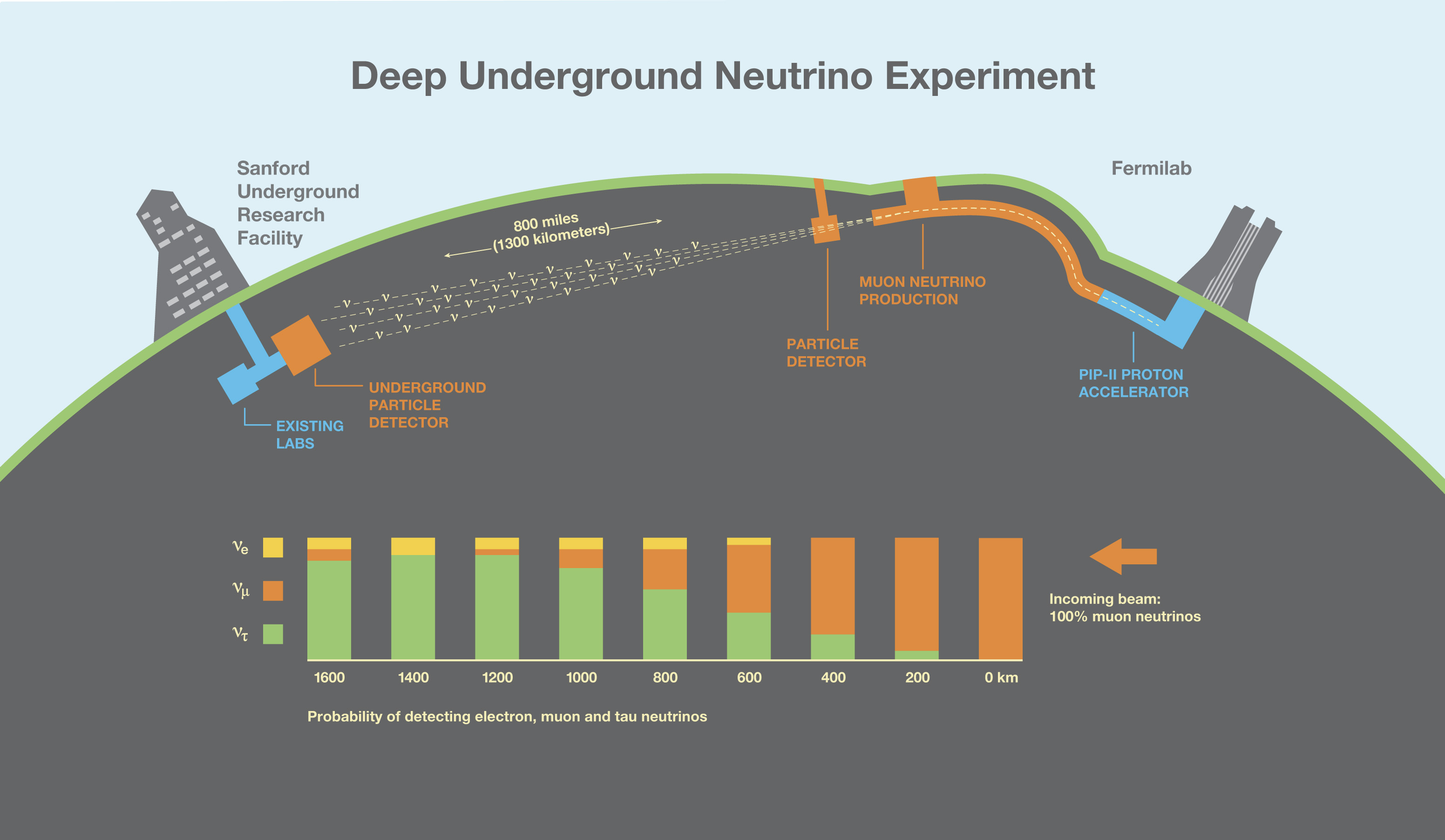
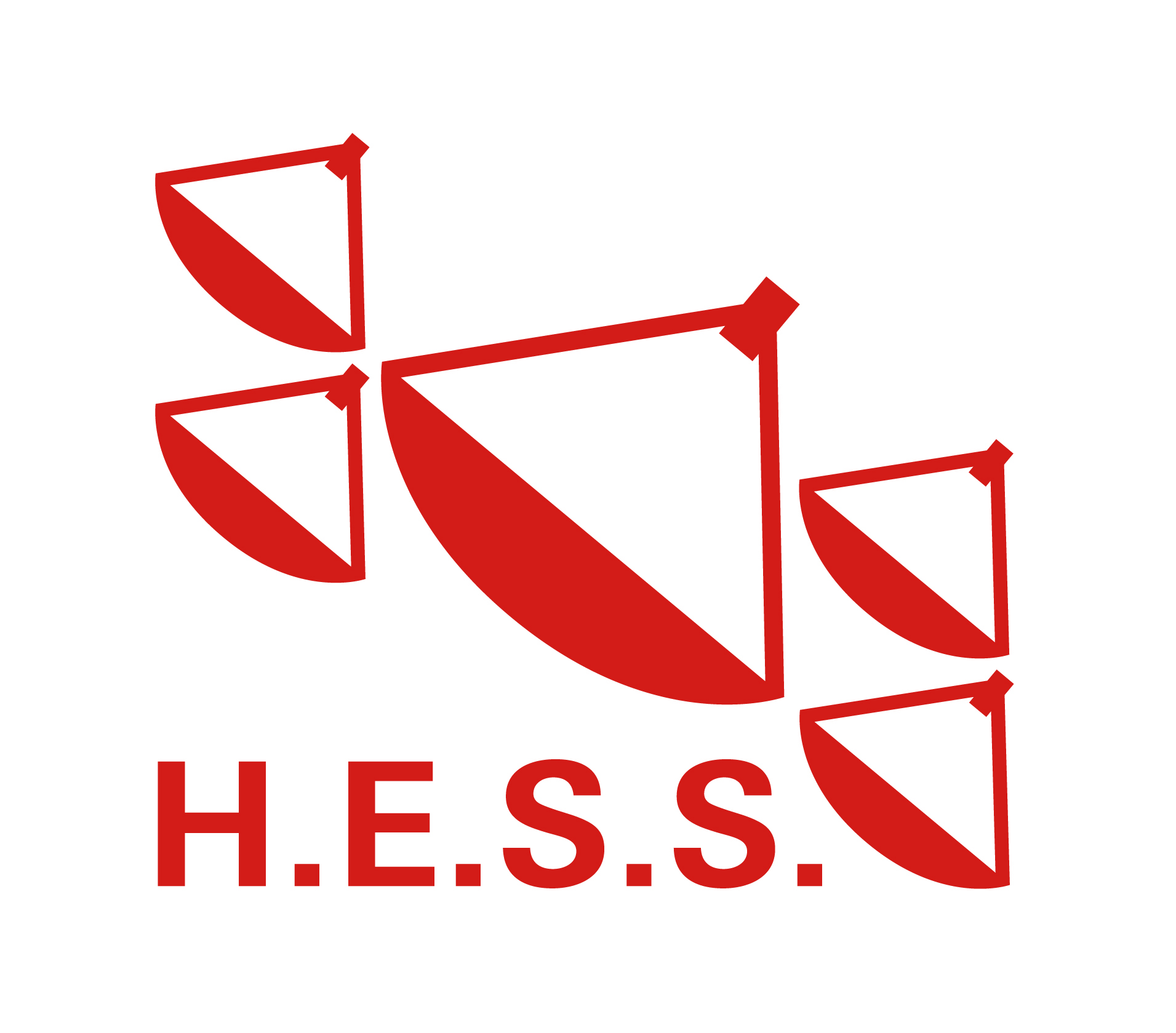
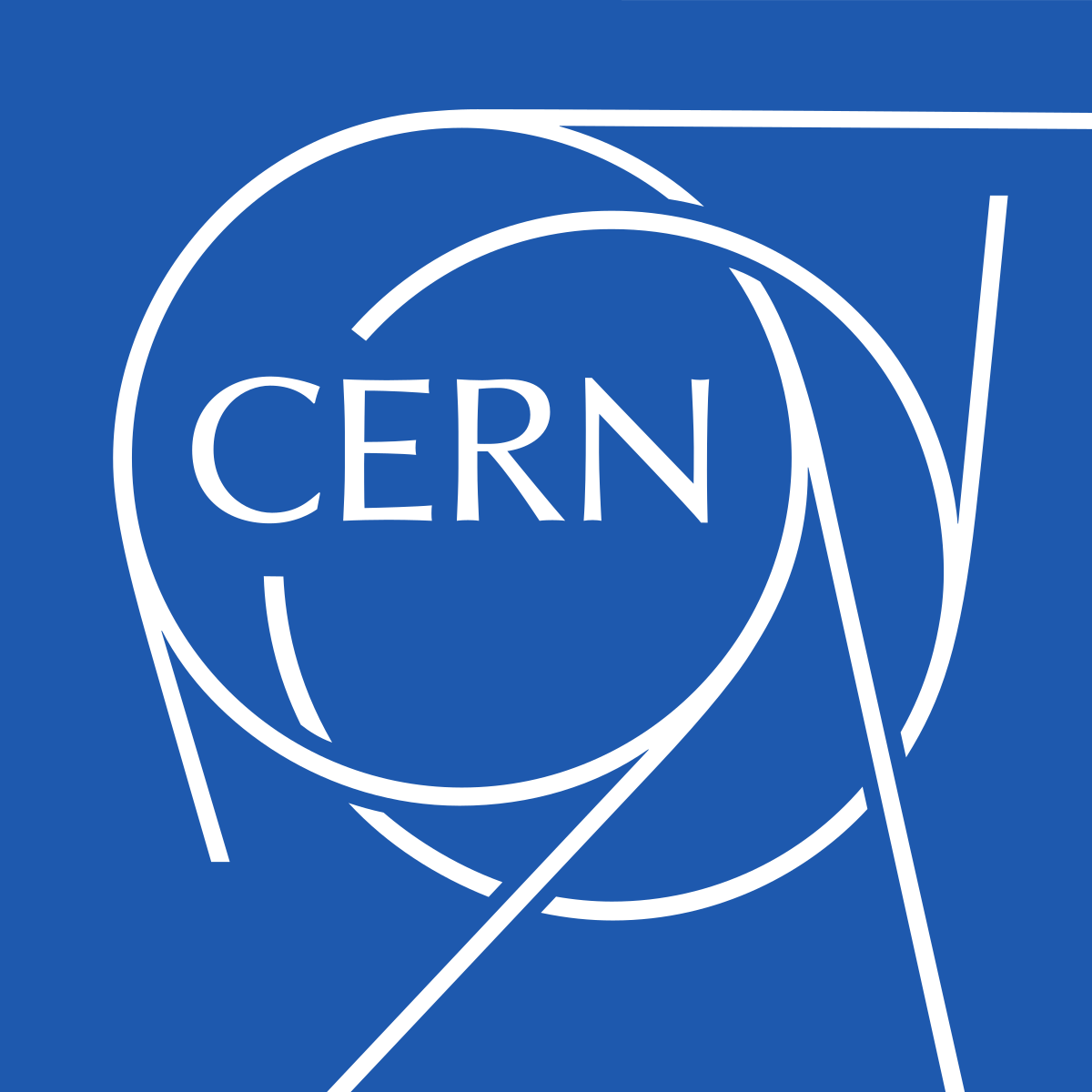
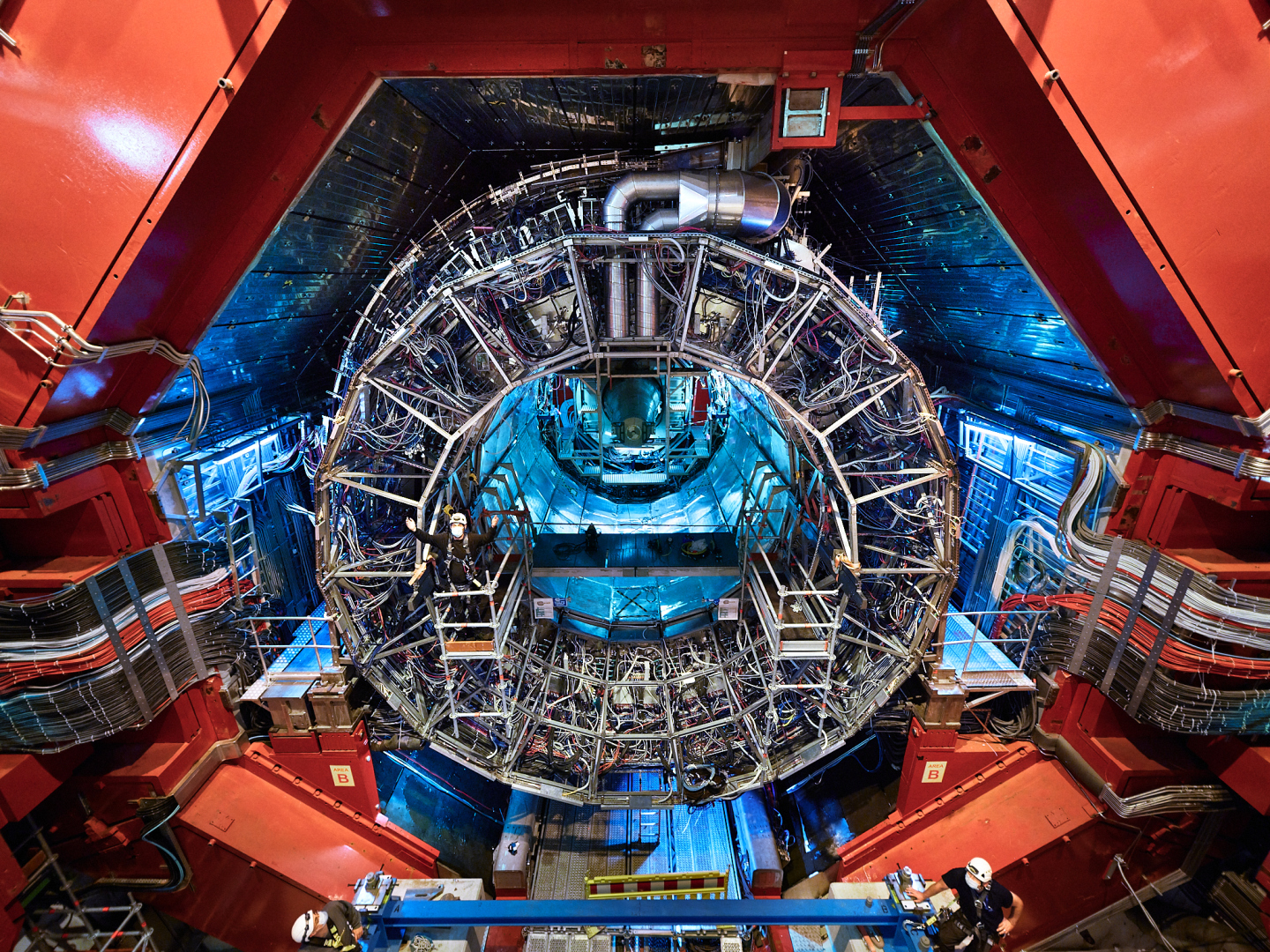
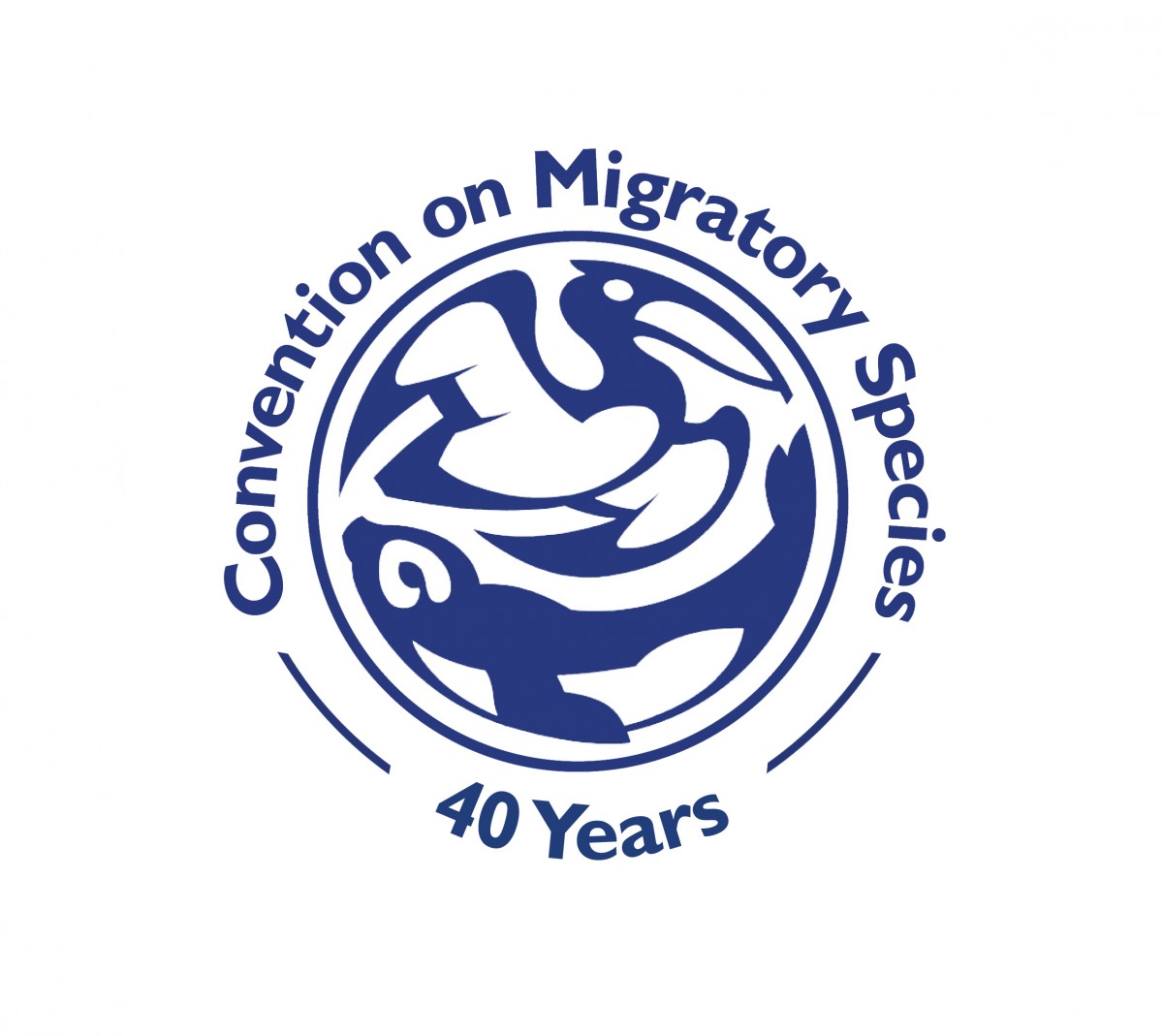


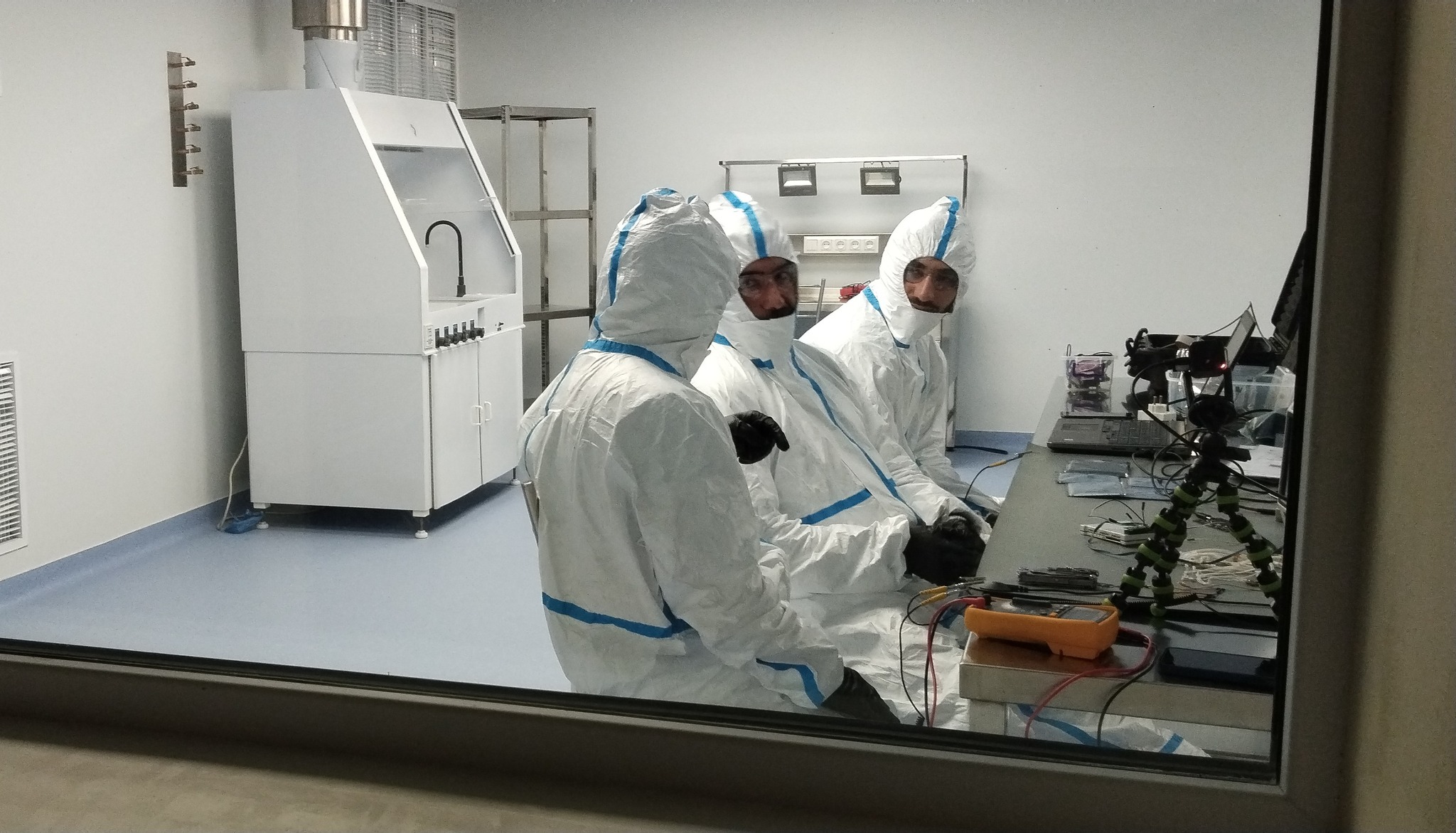
.jpg)
